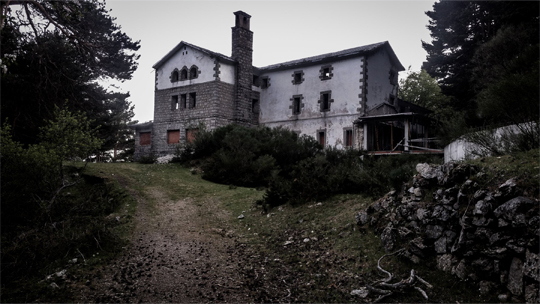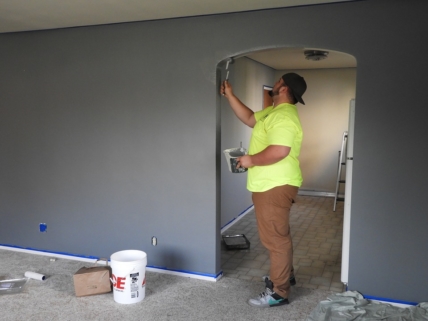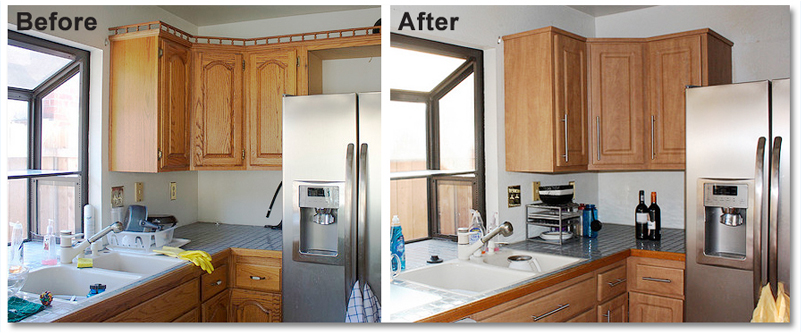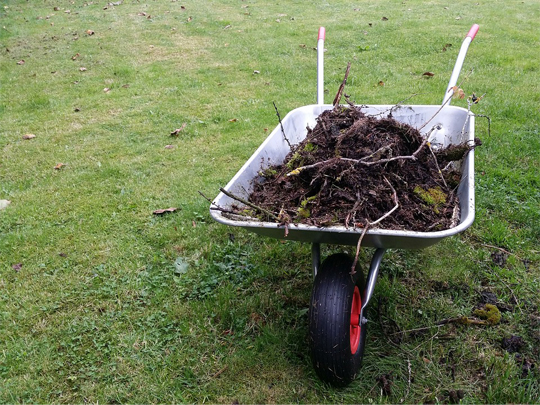Money Matters: What to know before starting your home search
When looking to buy a home, there are a ton of things to consider. What style and location best fit your life? What are your “must-haves” and what are your negotiable “would-be-nice” items? And of course, how much can you afford? While the internet has made home searching a more comfortable and user-friendly experience (no more driving around looking for a house with a sign in the yard!), the options can be overwhelming. You may think, “I’ll just take it slow.” However, a hot residential real estate market in many cities has made the competition fierce, and not only do you have to find your dream home, you now need to find it before someone else does!
One of the first things to do, long before picking out paint colors or planning where your kids will go to school, is to find out exactly what you’re able to afford. For most home buyers, especially those looking to purchase for the first time, this means taking out a home mortgage loan. While there are many options for home loans, from special programs for veterans or first time home buyers to conventional talk-to-your-bank loans, these are some of the basics you should know.
Pre-Qualified is for the Curious
If you’re curious about what you could afford when it comes to a home purchase but aren’t quite at the point to start seriously looking, pre-qualification is the right choice for you. To become pre-qualified for a loan, you supply a borrower with some basic information such as your income, debts, assets, and other information and they’re able to give you a general sense of what you’d be able to afford. This can be done over the phone or internet and is by no means a guarantee of a loan amount you could get, but more of a general guideline that lets you know if you’re looking at homes that you could afford or if your Champagne taste is out of line with your Bud Light budget. Because this information is self-reported and a credit report is not run, pre-qualification does not affect your credit score. This is also why a pre-qualification amount can be significantly different than your actual loan approval amount, especially if you have credit troubles in your history.
Pre-Approved is for the Serious
If you’re serious about buying a home, you’ll want to get a pre-approval letter from a mortgage professional. Similar to pre-qualification, pre-approval tells you what loan amount you can qualify for, but it takes the theoretical element out of the equation. Becoming pre-approved is a much more involved process that requires a mortgage application (sometimes with an application fee) and well as an extensive credit check. After this is completed, however, you will have the exact dollar amount you would be able to borrow and would be able to get information on interest rates and monthly payments. Because of the extra verification required by a pre-approval, this also puts you in a better position to look for a home. Buyers with pre-approval letters are one step closer to having a mortgage and closing a deal than someone with only a pre-qualification and therefore are in a better position to react quickly when a new home hits the market.
The mortgage fun doesn’t stop here
Once you’ve been pre-approved and found a home you’d like to buy, there’s one more step in the mortgage process. You need “loan commitment” from your lender. While pre-approval means the lender in question thinks that it’s a good choice on their part to give you X loan amount, they also want to make sure that you aren’t going to take their money and do something foolish with it. This is where home appraisals come into play. For a lender, it’s not a good idea to give a borrower $500,000 for a home that’s only worth $300,000 or has a lot of issues (see: 2008 mortgage bubble and subsequent housing crash) so one of the requirements after the buyer is approved is having the home approved. A lender will require that a home inspection be done and the results of this will determine what happens next. Ideally, the appraisal will come out at the same or higher than the sale price and the deal can proceed. In the event that major issues are found or some other factor comes up and the asking price for the home is out of whack with what the lender is willing to give, the buyer will need to have a backup plan or find a different property.
Buying a home is a very exciting time and emotions can run high. To ensure you’re getting the best possible loan for your situation, it’s wise to consult a variety of lenders and consult your options. Already pre-qualified or pre-approved and ready to get your search on? Check out the great properties available on the RealtyHive platform by clicking here.




























